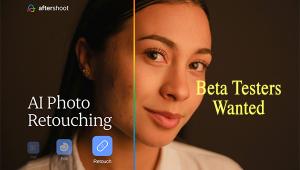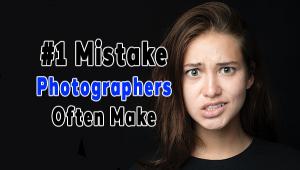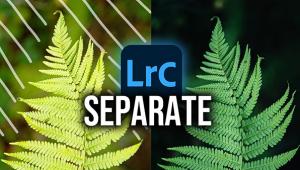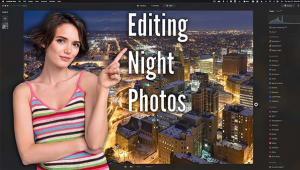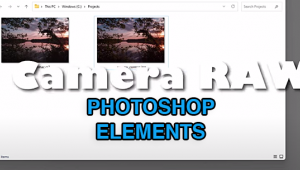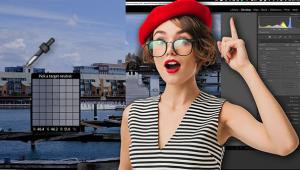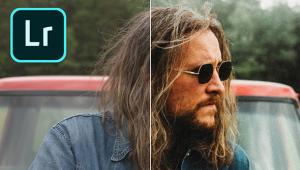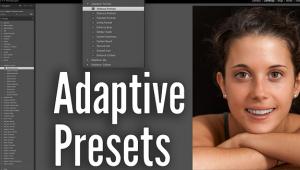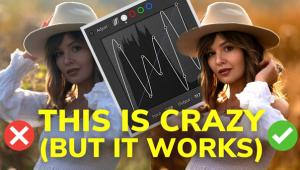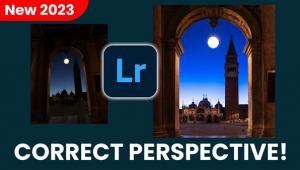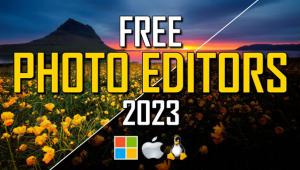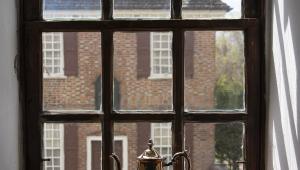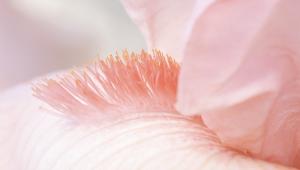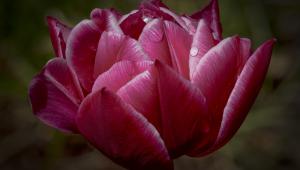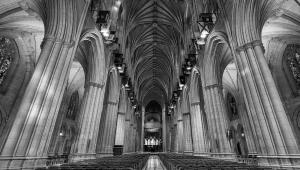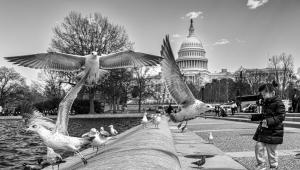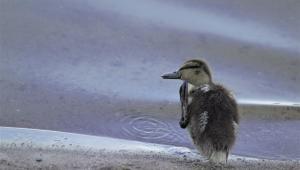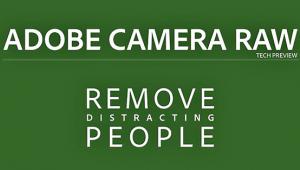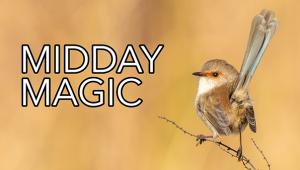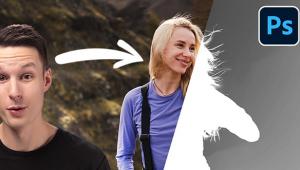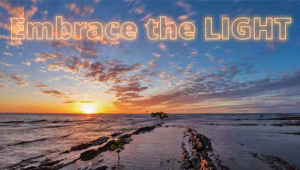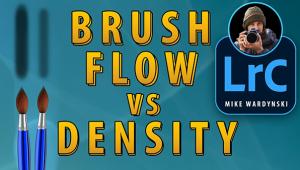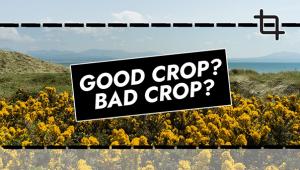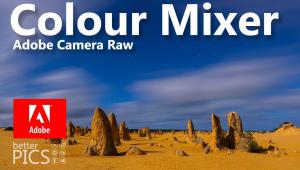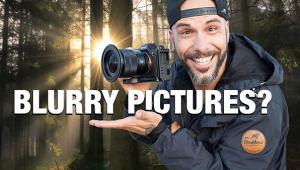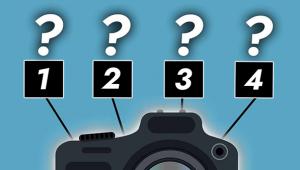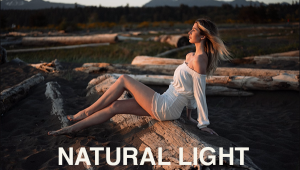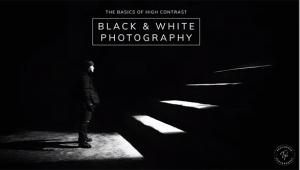Robert Herko: Top Pro Goes Digital
Robert Herko is a professional photographer who's in great demand in New York (he's just settled into a larger shared studio in Manhattan), California, and Arizona, where he once lived. His clients include Hummer, Pfizer Pharmaceuticals, VISA, Arizona's Department of Tourism, Arizona Highways magazine, Arizona Western College, and several casinos in the western states. He's also been doing a lot of work with music industry clients; photographing major bands, and performers like Les Paul (the legendary guitarist), along with Gibson and D'Angelico guitars.
 |
 |
||
|
|
Although he still shoots with medium- and large-format film cameras, he now offers 35mm digital imagery as an attractive option to his clientele. Herko has added three Nikon D1xs to his equipment lineup. "I'm finding that I get an 18--20% reduction in costs by doing digital imaging," Herko observes. He says that this technology offers a savings to his clients, "plus the immediacy of materials available to them."
Offering A Great Product
Herko first got involved with digital imaging "in late 2001." He waited to offer it to clients until he ironed out details, he says, such as achieving proper color calibration and printing levels. As he puts it, Herko's first "obstacle" was initially duplicating the look of film, with all its subtle nuances. "I like the Fujichrome Provia 100F look," he says. (At one time, he was a special consultant to both Kodak and Fuji, where he performed transparency film testing.)
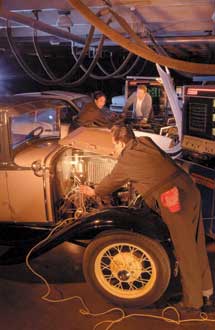 |
 |
||
|
|
Herko "got everything to agree color-wise" on a Pantone Spider color calibrator. "I wanted to digitally replicate how my eyes and film would respond." He says, "I don't feel that there are particular settings you've always got to use in digital imaging--it's whatever works at the moment." He uses an Epson Stylus Photo 1280 for his printing, and a Stylus Pro 10000 for wide-format jobs. "I'm very happy with the print quality I get for the customer."
He uses a variety of Nikkor lenses, ranging from a 14mm wide-angle to a 300mm telephoto; about eight lenses in all. His work often involves shooting with a wide-angle lens. "The 14mm has become very important because of the digital conversion (when used with a digital camera, it's approximately the equivalent of a 21mm lens)."
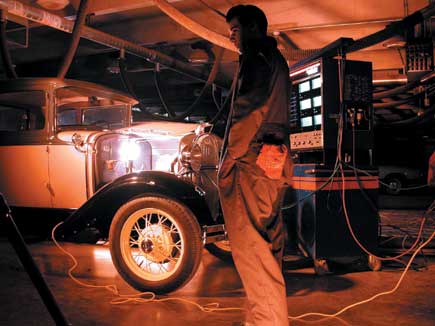 |
He works with Mole-Richardson lights and Balcar strobes, and stores some of his equipment in the Los Angeles area. "I shoot on location most of the time, and spend about 25% of the time in the studio," Herko says. Either way, he can show digital images right away to his clients on his Macintosh G4 laptop. "Art directors love seeing the material right away--they can make changes right there on location, without even having to wait for Polaroids."
 |
- Log in or register to post comments

